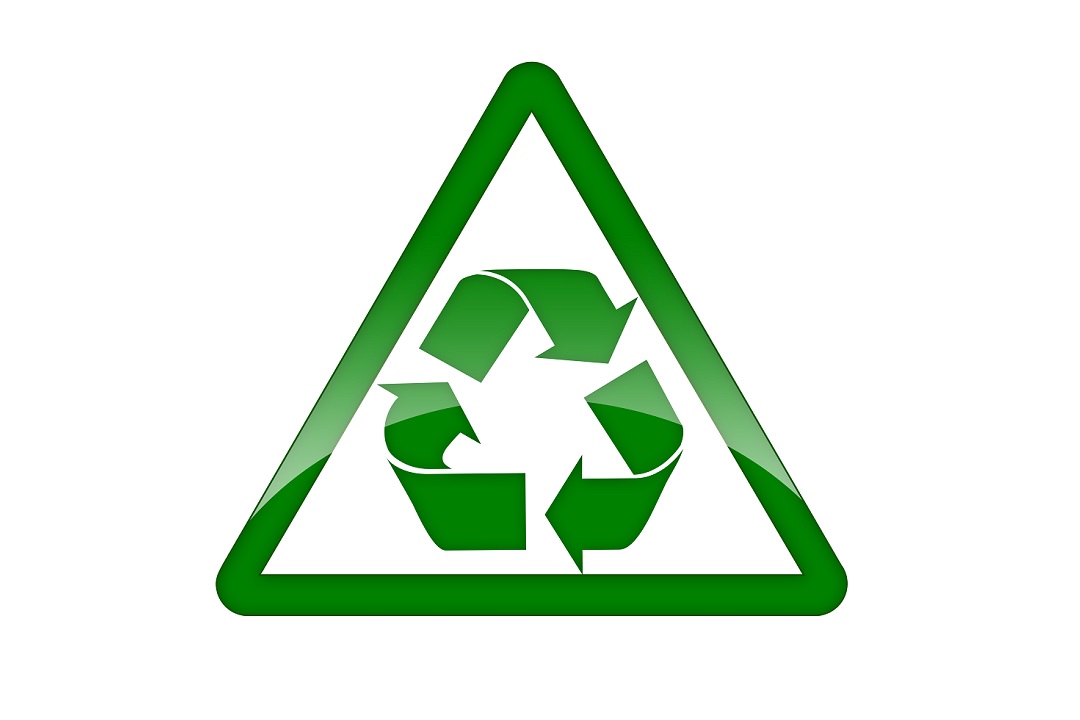
Reducing Food Waste in Foodservice
October 16, 2018 by Doreen Garelick, Dietetic Intern
Our intern Doreen attended a food waste summit for restaurants and compiled these tips to help food service operators redirect…
May 12, 2015

Food Service Operator Food Waste
Primary losses in food service occur as a result of waste during food prep as well as waste from uneaten food due to excessive serving sizes. Gunders states, “4-10 percent of food purchased by restaurants becomes kitchen loss…before reaching the consumer. Another significant portion is served but never eaten.” According to the Green Restaurant Association, a single restaurant in the U.S. can produce 25,000 to 75,000 pounds of food waste each year. UK-based WRAP (Waste & Resources Action Programme) claims that every ton of food wasted results in 3.8 tons of greenhouse gas emissions.
These statistics show an enormous opportunity for operators to better control the amount of food purchased, food served, and ultimately food thrown away. It’s essential for operators to rethink how their actions impact food waste and the resulting impact on the environment. Want to know where to begin? Here are some actionable steps you can take to get started.
Track Your Food Waste
Track your food waste for 1 week to determine the primary source of waste in your kitchen - is it from food prep or is it from plate waste?
One of our SPE Certified universities, UMASS Amherst, has successfully tracked and managed their waste through the LeanPath program. LeanPath allows users to track the source of the waste via the LeanPath Food Waste Tracking System. By figuring out the source, UMass was able to determine whether their food waste was from prep or plate waste, better forecast their needs, and ultimately reduce waste by 25%.
Minimize Prep Waste
Once you know what is contributing to your food waste, you can take steps to minimize it:
In general, you can minimize waste and maximize yield by using all parts of your produce. Chef Steven Satterfield’s cookbook, Root to Leaf is a great source of inspiration. In addition to the cookbook by Chef Steven Satterfield, other chefs and retailers have also emphasized using the whole vegetable and imperfect parts to curtail the waste problem.
Minimize Plate Waste
Plate waste is the food customers leave food on the plate after they finish their meal. Waste can be cut down by learning what food was left on the plate and why. These are some questions you can use to help assess food waste in your business.
Have a Waste Plan
In response to a growing concern around food waste, the Environmental Protection Agency (EPA) has initiated a Food Recovery Challenge, asking people to rethink waste and has also joined forces with the United States Department of Agriculture (USDA) as part of the US Food Waste Challenge. The USDA and EPA are urging people to:
Spread the word
Operators have great influence over managing waste from prep to plate and can use what is learned about their own waste to better manage their needs. This can lead to a reduction in food cost, improved menu items, and ultimately educating their staff and customers about the importance of reducing waste for the environment.

October 16, 2018 by Doreen Garelick, Dietetic Intern
Our intern Doreen attended a food waste summit for restaurants and compiled these tips to help food service operators redirect food waste from landfills.
Nutrition 101

Nutrition 101
September 26, 2018 by Doreen Garelick, Dietetic Intern
Ever notice headlines about rapid weightloss? Dietetic Intern Doreen Garelick looks deeper into a recent eye-catching headline to see if there's any truth behind it.
Connect
 Follow us on Twitter
Follow us on Twitter Friend us on Facebook
Friend us on Facebook Follow us on Pinterest
Follow us on Pinterest Follow us on Instagram
Follow us on Instagram Read our Blog
Read our Blog Watch videos on YouTube
Watch videos on YouTube Watch videos on Vimeo
Watch videos on Vimeo Connect with us on Linkedin
Connect with us on Linkedin Find us on Foursquare
Find us on Foursquare
Tweets by @SPEcertifiedBlog Search
Categories
SPE Certified Newsletter
Sign up for news on the latest SPE-certified venues, events and SPE updates.
We will never share your personal information with a third party.